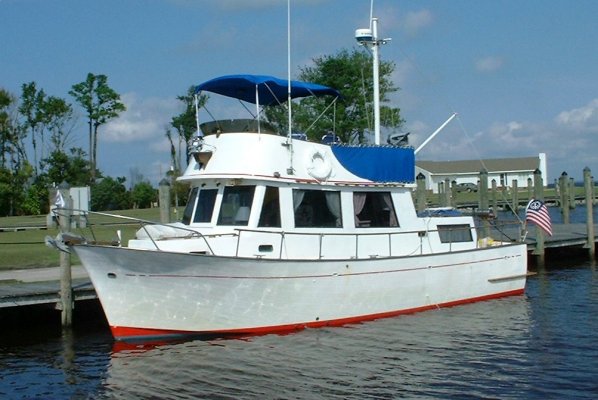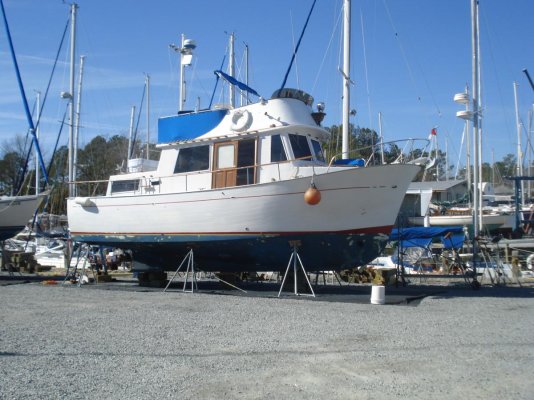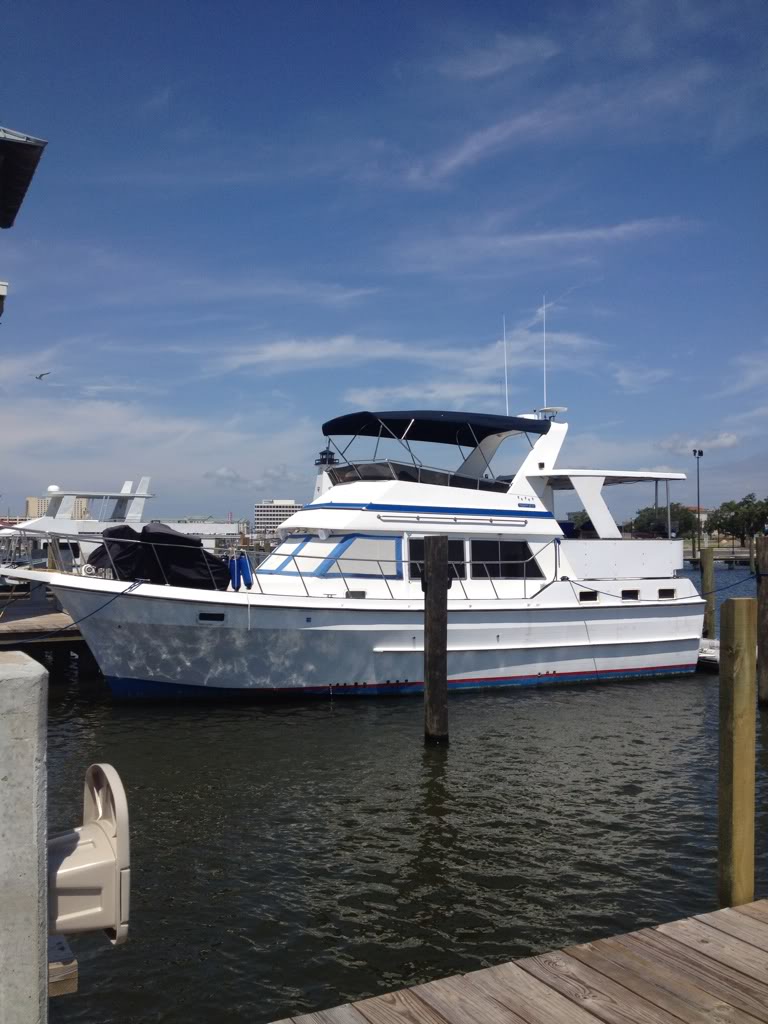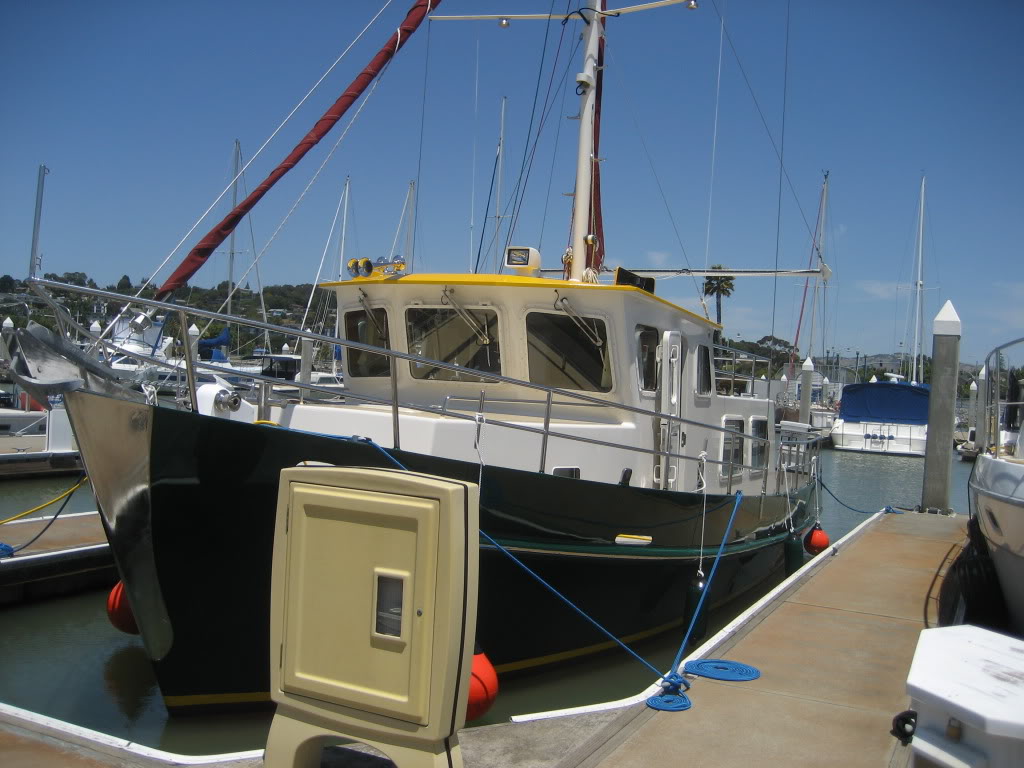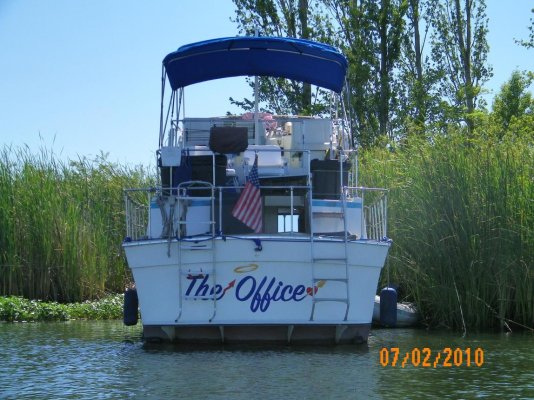ARoss
Guru
- Joined
- Nov 17, 2007
- Messages
- 637
- Vessel Name
- My Yuki
- Vessel Make
- 1973 Marine Trader 34
Maybe sort of a strange question, but can anyone comment on why most of our trawlers are equipped with rubrails, but they rarely do any good, especially when we're tied up at floating docks? Seems like the rail and the level of the dock is almost the same, and unless you can keep fenders properly placed in there it's almost inevitable that sooner or later there's going to be trouble.
My early 70s Marine Trader was beat up last summer during hurricane Irene, and about half the swim platform was torn away when a dock cleat failed and the boat spent many hours banging against the opposite finger pier. The more I looked at how the damage was sustained, it was apparent that it was the rubrail that had gotten above/below the dock, tearing it loose along with the platform it was attached to. Actually, this was the second time the rubrail had been damaged, though the first time it didn't affect the swim platform.
After putting the platform back together I decided to leave the rubrail off, and I removed the one on the other side as well. After all, I look at lots of other boats in the marina without these rails, and they don't seem to be any worse for wear. I carry four fenders, and a fender-board that I use sometimes when we're tied up at fixed docks, like the first photo at Alligator River.
Question: Have any of you had similar experiences?
The first photo, taken several years ago, shows the minimal rubrails that were standard on the early MT's, and my boat last spring with the rails removed. Yes, the bottom was painted before she splashed.
My early 70s Marine Trader was beat up last summer during hurricane Irene, and about half the swim platform was torn away when a dock cleat failed and the boat spent many hours banging against the opposite finger pier. The more I looked at how the damage was sustained, it was apparent that it was the rubrail that had gotten above/below the dock, tearing it loose along with the platform it was attached to. Actually, this was the second time the rubrail had been damaged, though the first time it didn't affect the swim platform.
After putting the platform back together I decided to leave the rubrail off, and I removed the one on the other side as well. After all, I look at lots of other boats in the marina without these rails, and they don't seem to be any worse for wear. I carry four fenders, and a fender-board that I use sometimes when we're tied up at fixed docks, like the first photo at Alligator River.
Question: Have any of you had similar experiences?
The first photo, taken several years ago, shows the minimal rubrails that were standard on the early MT's, and my boat last spring with the rails removed. Yes, the bottom was painted before she splashed.

